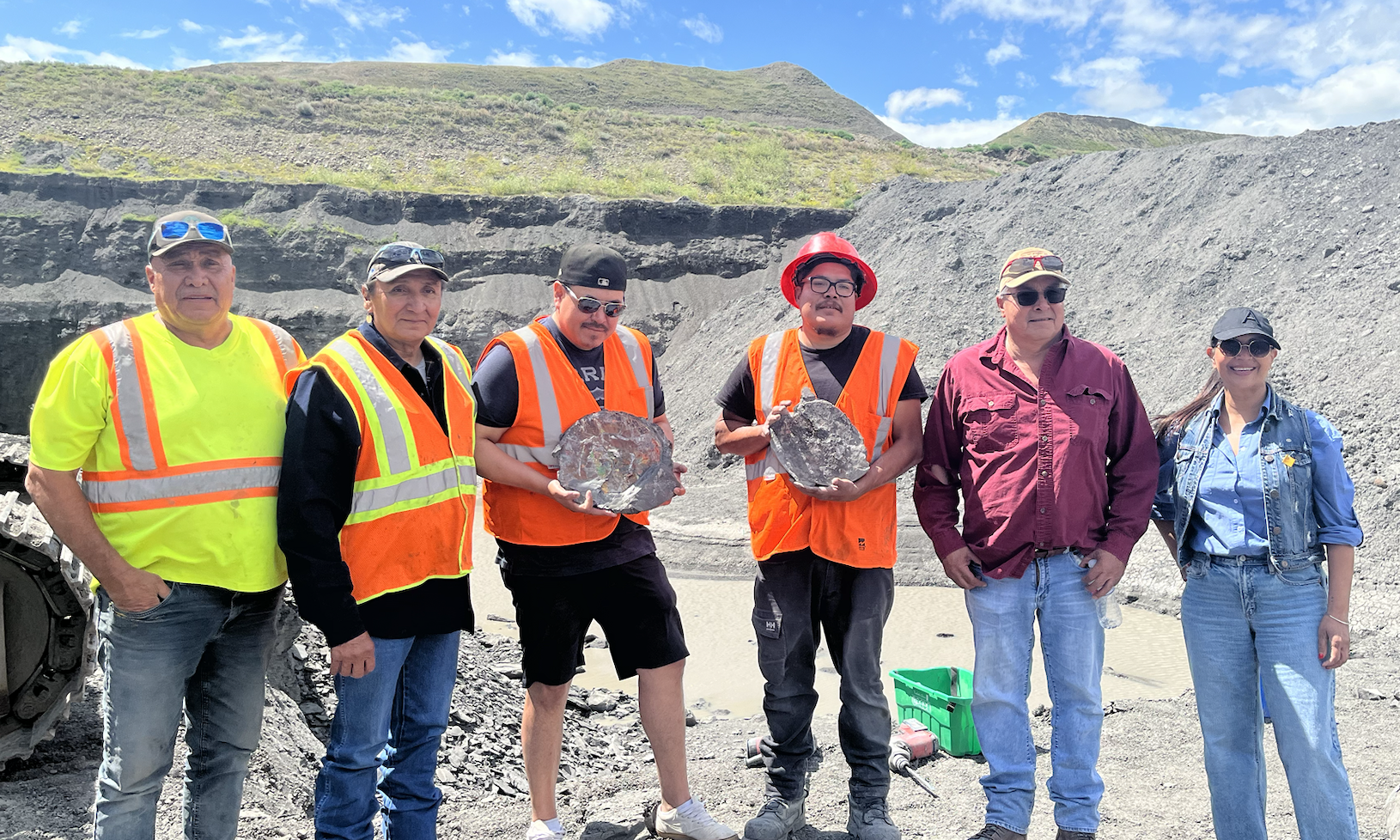Tailings storage facility failure and risk assessment
In order to undertake a comprehensive risk assessment of an operating tailings facility, it is necessary to consider the modes by which failure may occur. Once the failure modes are identified, you may estimate the probability of failure for each mode, establish the potential consequences and hence quantify the risk.
We propose the following as the primary modes of failure giving rise to risk in tailings facilities constructed primarily of the tailings by upstream, centerline, or downstream methods:
- Pond or pool overtopping
- Seepage and piping through the tailings of the outer slope
- Slope failure or deformation
- Failure of the penstock or excessive seepage caused by malfunctioning of the penstock.
Let us consider each in turn.
The location of the pool and the freeboard are the key factors that may lead to failure. If the pool level rises above the crest of the outer slope, waste may induce erosion and ultimately incise a gully. The rest of the pool and a good deal of the tailings may follow.
If the pool elevation stays below the perimeter crest, water seeping from the pool down and through the tailings may give rise to seepage conditions that could induce malfunction and/or failure. If there are no drains, seepage could proceed to the outer slope and seep out at the surface or the slope. If the seepage rate is high, the result could be piping of the sandy tailings. This could cause the development of concentrated flow pipes through which pool water flows, soon to be followed by fluid tailings.
If seepage is slow, the result may be a mere nuisance: wet and soft spots on the outer face with some sloughing of the outer face of soil or tailings.
If there are drains, seepage may remain within the embankment. The primary factors controlling the flow net that develops include:
- Pool location and elevation
- The ratio of horizontal to vertical permeability.
- The location, if any, of discrete low permeability layers
- The permeability of the foundations.
- The location and dimensions of the drains.
- The continued functionality of outlet pipes leading from the drains. Watch out for blocking of such pipes by biological activity.
This is not the place to expound on sketching of flow nets; suffice it to say that flow nets should be draw (by hand or with computer codes) as part of any comprehensive evaluation of the risk of failure of a tailings facility. For the flow net ultimately controls the pore pressures in the soil and this is a major factor is the overall stability of the outer slope. The strength of the soil is the other major factor controlling stability.
Slope failure geometry depends on the following:
- The presence of layers of clay or weaker tailings in the overall mass of tailings that constitute the outer slope. Failure may occur along these weak layers general of clay or silt settling out from deposition too close to the outer perimeter.
- A generally weak (low strength) soil or tailings making up the outer slope. This could be exacerbated by high pore water pressures associated with the flow situation that develops as previously discussed.
- A weak (low strength) basal layer of clay. High pore water pressures may also exacerbate instability.
- Deep seated failure through a deep foundation of low strength material.
A penstock from the pool through the tailings outer slope may be a cause of failure. One or more of the following may induce malfunction of total failure:
- Excessive inflow to the riser tower causing cavitation in and breaking of the tower.
- Shifting of the tower as the tailing consolidate and move laterally, thereby inducing cracking, breaking of toppling of the tower.
- Seepage of water or tailings into the tower at improperly sealed or closed earlier opening or inlets.
- The foundation block my settle leading to distortion of the tower and one or more of the above-listed malfunction modes.
- Excessive weight on the outlet pipes casing them to shift, crack, or break.
- High turbulent flow in the outlet pipes causing shifting, leaking, or outright failure.
The failure of the Bafokeng slimes dam in 1974 in South Africa has been much debated. There is no consensus on the ultimate cause of failure. Possible causes include the following:
- Overtopping by the pool that came too close to the crest
- High water flow from the pool into the penstock causing cavitation near the toe of the slope.
- Failure along the weak foundation clay exacerbated by high pore pressures resulting from the pool proximity to the crest.
- Piping through sand layers between clay layers. The piping was made more likely because of the proximity of the pool to the crest.
- Liquefaction of the sands of the perimeter berm caused by vibrations from a bulldozer sent to raise the outer berm.
- Simple poor operation by the bulldozer driver who may have scooped up too much tailings and made an opening through which flow proceeded.
This detailed examination of causes of failure, hence risk associated with tailings facilities that have an outer slope constructed primarily of tailings, establishes the following:
- Failure may result from one or a combination of factors.
- Keeping the pool as far away from and as far below the crest as possible is the single best way to limit risk.
- Provide drains within the embankment to control seepage.
- Avoid the use of penstocks. Rather use a barge.
- Remove weak foundation layers and compact the outer tailings if possible.
More News
{{ commodity.name }}
{{ post.title }}
{{ post.date }}

Comments